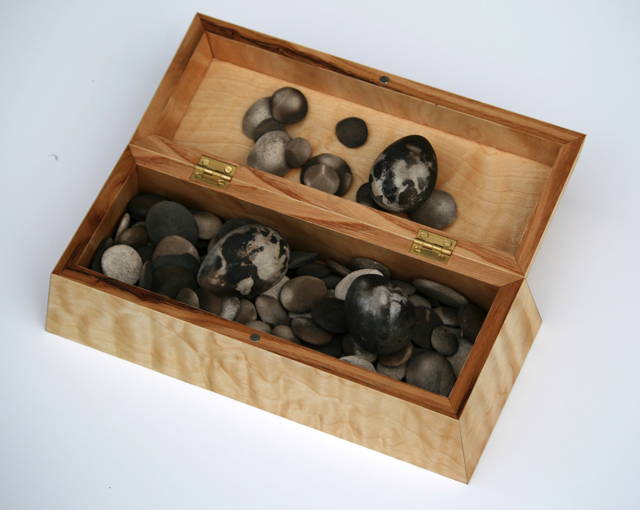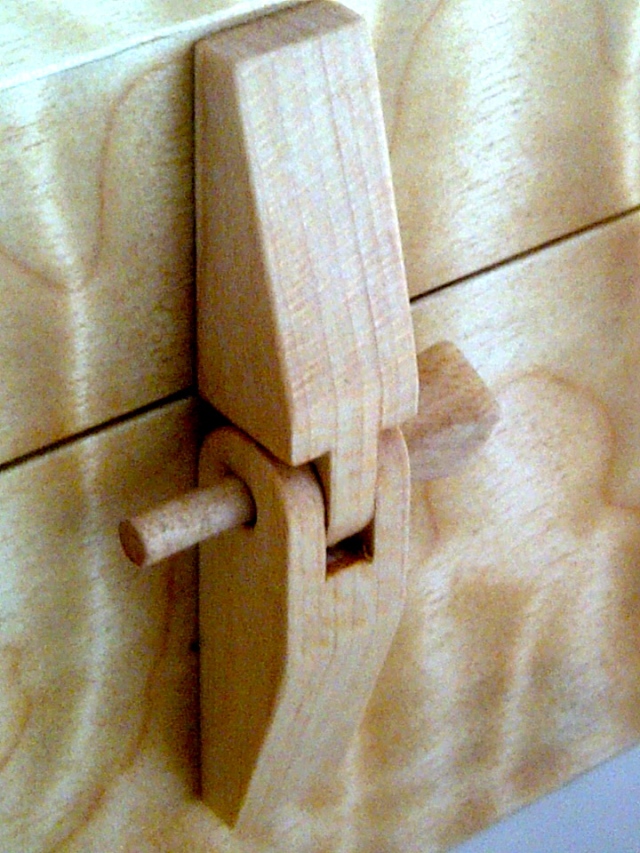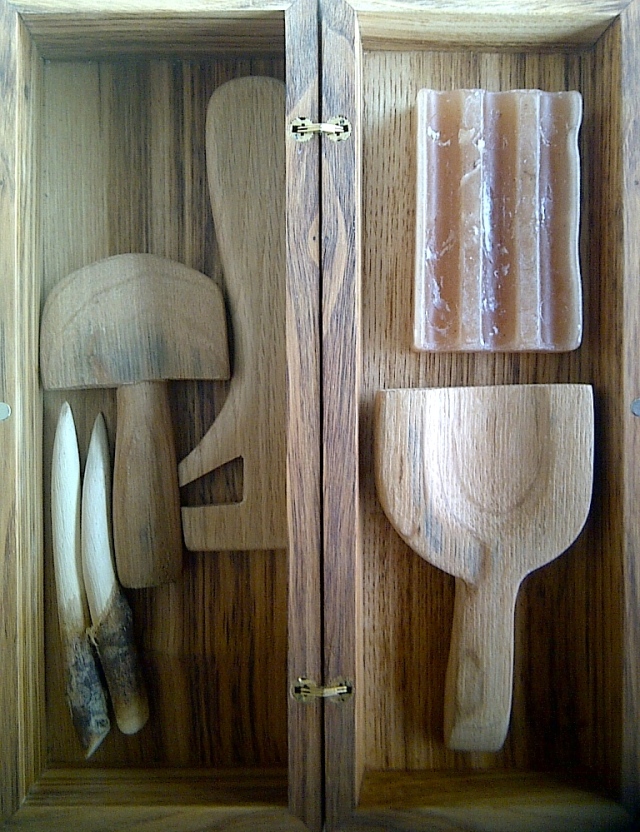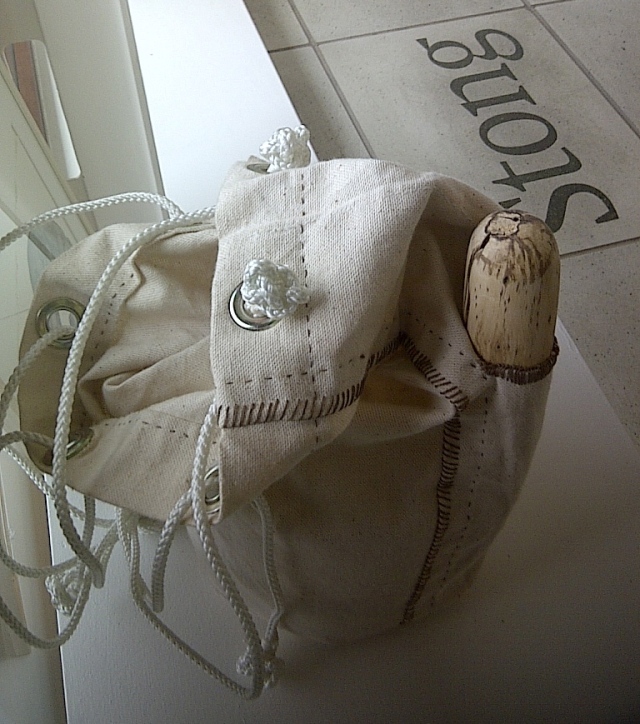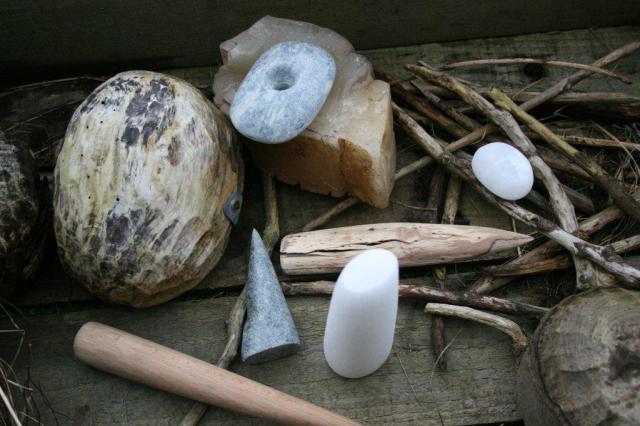Ditty Boxes is a collaboration between Cumming, a Shetlandic/Orcadian sculptor, and Tait, a Shetlandic furniture maker.
It came about as Cumming travelled around the Hebrides with filmmakers, oceanographers, sailors and writers as to create a cultural response to climate change through the Cape Farewell project.
He was thinking about other seafarers and their lack of private space. People kept things to maintain their identity: tokens, netting tools, beeswax for caulking lines, twig catapults, stone eggs, scrimshaws (carved ivory), soapstone, alabaster, sphagnum moss. They have something of the past, present and future about them – they’re collections you add to, carvings not yet finished, the time limit of the journey.
They’re things which won’t be as common now, neither is seafaring for a living or its supporting jobs (e.g. boat-builder) or the connection with natural forces. There’s also a home-stitched bag full of sand. The boxes potentially say a lot about the sailor.
On http://www.capefarewell.com/seachange/ditty-boxes-2/, a quote is included:
There is only so much expansion one can take. We go into our dying with a handful of memories, as an explorer might take a knife, a flint, length of cord and a twist of tea into the wilderness…
Who we are is not in our obituaries but in those final items.
Andrew Greig, At the Loch of the Green Corrie
Cumming also made a sound collage of the voices of islanders and fishermen old enough to notice changes in the environment and ecology and voices of birds under a real threat. You could tell when summer ended as the Arctic terns stopped making noise. Many islanders can see change and feel a deep sense of loss.
A few days ago I found a battered old Pontefract liquorice tin, made by Robinson & Wordsworth, which makes me think of doing summat similar. I’ve got the journey/voyage element, the identity element and the past, present and future element. Though the tin is old, a retrospective, nostalgic interpretation could be combatted by including something of family history/inheritance, which is precisely what the tin is. The fact it’s battered would add to that impression its been round the block a few times potentially as a ditty box, maybe for more than one generation. The fact it’s a Ponte liquorice tin may hint at regional cultural inheritance.

